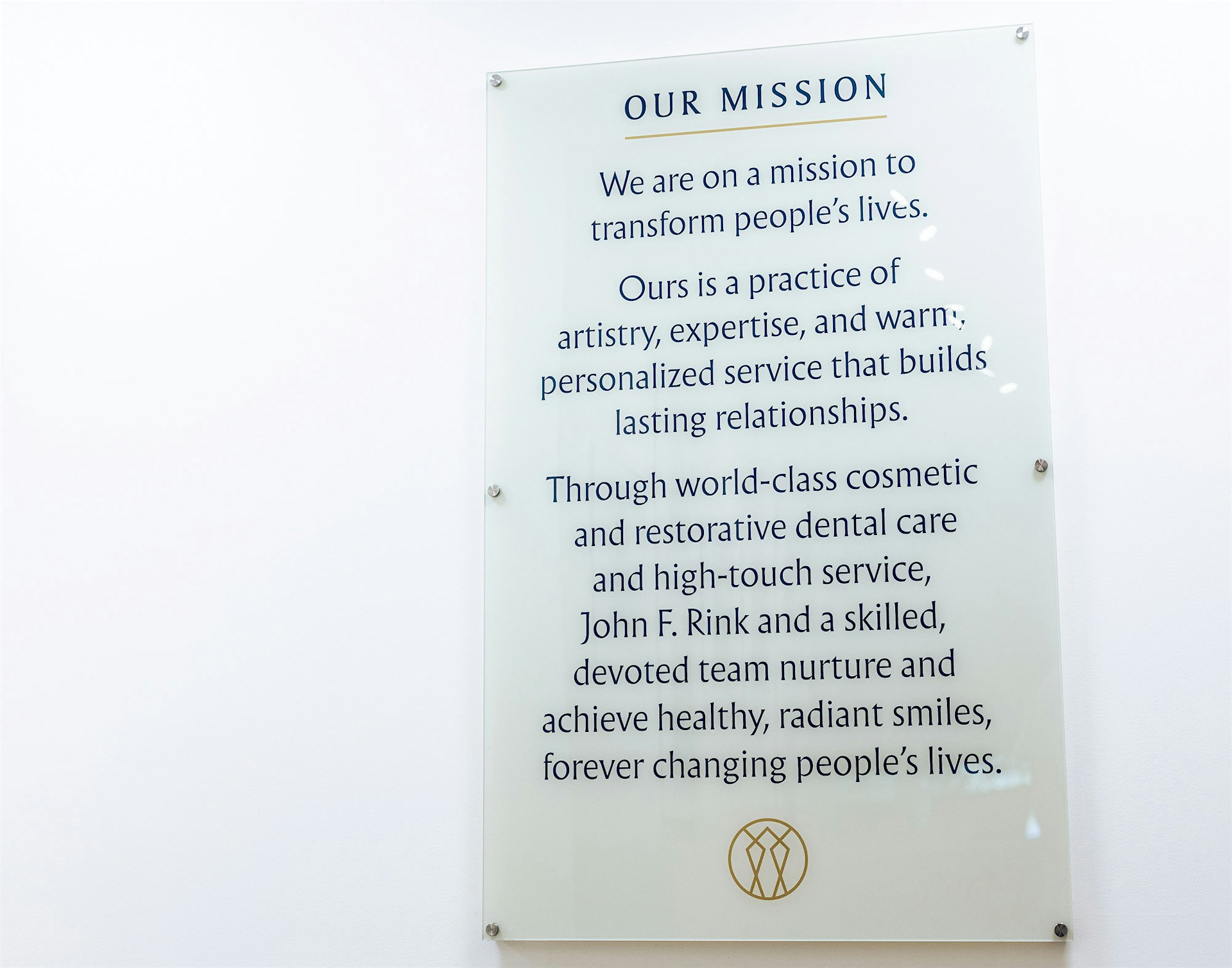Dental cavities are a common issue, which often go unnoticed until they begin to cause real damage to the tooth. A cavity is a hole in the tooth caused by decay. In advanced stages, cavities can cause pain, sensitivity, or infection.
Am I at a High Risk of Cavities?
Your diet and brushing habits can increase your risk of cavities. Everyone is at risk of developing cavities. However, there are certain factors that can increase the chance of tooth decay, including:
- Poor oral hygiene
- Dry mouth
- Frequent snacking throughout the day
- A lack of fluoride
- Heartburn or gastroesophageal reflux disease (GERD)
- Eating disorders
Cavities are also common in young children and teenagers because their teeth are still developing. Older adults are also at a higher risk, as normal wear and tear make teeth more vulnerable to decay.












